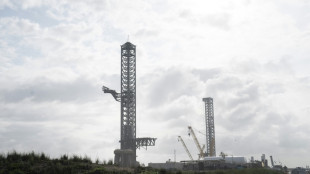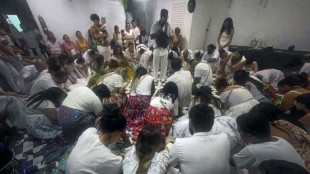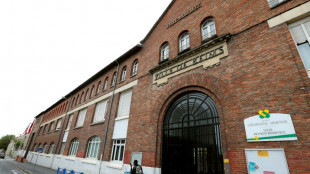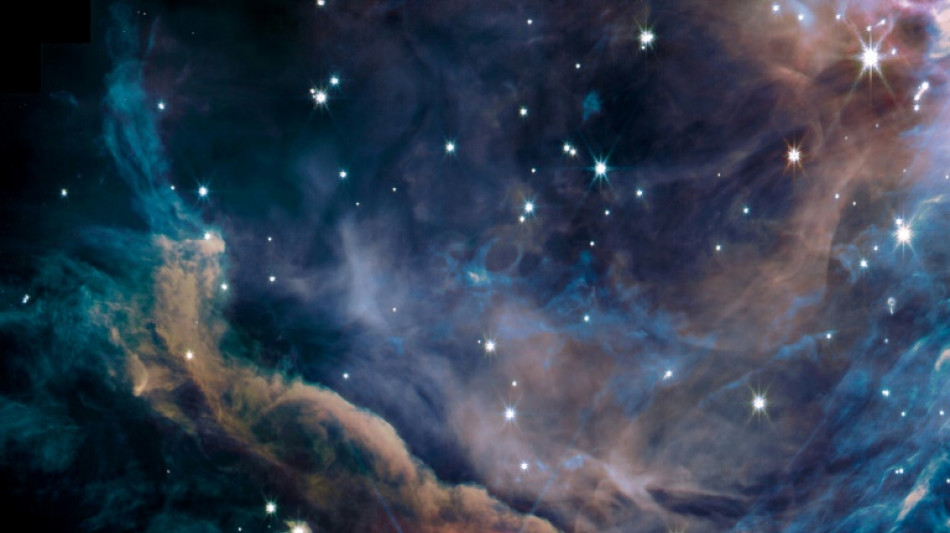
-
 Nations urge restraint in India-Pakistan clash
Nations urge restraint in India-Pakistan clash
-
Weight-loss drugmaker Novo Nordisk slims sales forecast

-
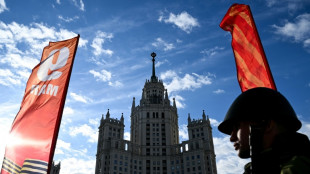 Kremlin says taking 'all measures' to protect May 9 parade
Kremlin says taking 'all measures' to protect May 9 parade
-
Stocks mixed before Fed decision, China-US trade talks

-
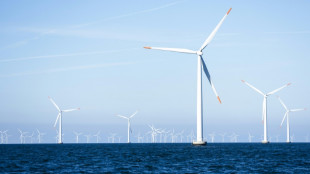 Danish firm Orsted halts huge UK offshore wind farm project
Danish firm Orsted halts huge UK offshore wind farm project
-
Explosions and fire on the contested India-Pakistan border
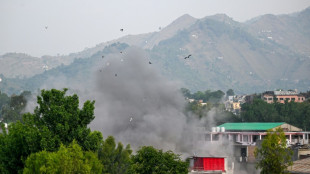
-
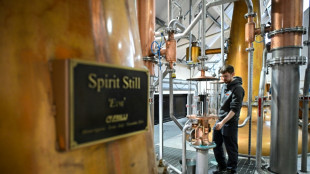 Distillery layoffs send shudders across remote Scottish island
Distillery layoffs send shudders across remote Scottish island
-
Hong Kong loosens rules for harbour reclamation

-
 Israel's Gaza plan 'dangerous moment' for civilians: UN official
Israel's Gaza plan 'dangerous moment' for civilians: UN official
-
Kenya court fines teens for trying to smuggle protected ants
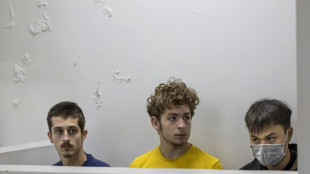
-
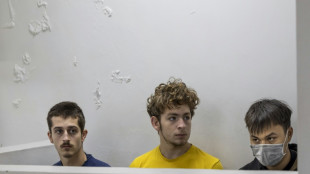 Kenya court fines ant smugglers for 'bio-piracy'
Kenya court fines ant smugglers for 'bio-piracy'
-
Young Barca earn respect but crave trophies after Inter heartbreak

-
 Palestinians in razed West Bank hamlet vow to stay
Palestinians in razed West Bank hamlet vow to stay
-
Next pope faces 'difficult, complex' point in history, cardinals told
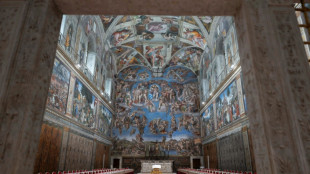
-
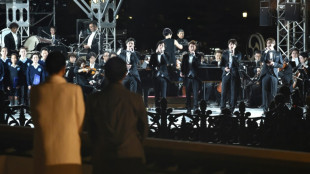 J-pop mega-group Arashi to disband after final tour
J-pop mega-group Arashi to disband after final tour
-
Inter seek Champions League final redemption after winning Barca epic

-
 Pant under pressure as record IPL buy fails to justify price tag
Pant under pressure as record IPL buy fails to justify price tag
-
BMW upbeat on riding out US tariff chaos

-
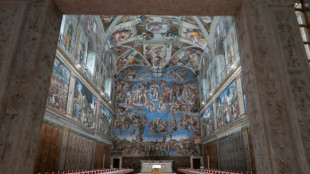 Cardinals hold last mass before conclave to elect pope
Cardinals hold last mass before conclave to elect pope
-
Ukraine, Russia trade aerial attacks ahead of WWII victory parade
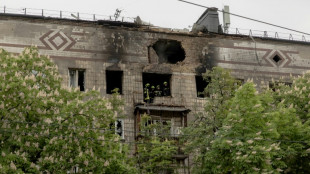
-
 'Prioritise peace': Nations urge restraint in India-Pakistan clash
'Prioritise peace': Nations urge restraint in India-Pakistan clash
-
Asian stocks rise as China-US trade talks boost optimism

-
 Toxic mushroom victim said meal was 'delicious', Australian court hears
Toxic mushroom victim said meal was 'delicious', Australian court hears
-
China's Xi heads to Moscow to beef up 'no limits' Putin partnership
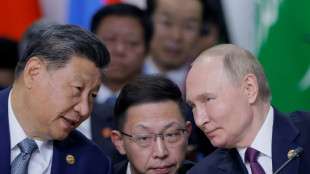
-
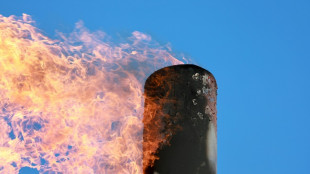 World energy methane emissions near record high in 2024: IEA
World energy methane emissions near record high in 2024: IEA
-
White smoke: signalling a new pope down the ages
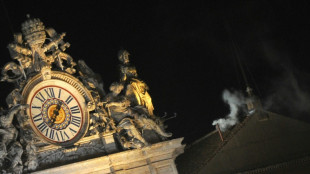
-
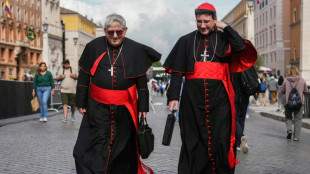 What's a cardinal? The 'princes' of the Church electing a new pope
What's a cardinal? The 'princes' of the Church electing a new pope
-
Papal conclave by the numbers
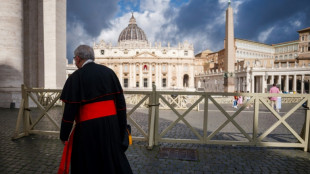
-
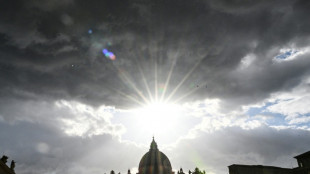 The Vatican: a papal powerhouse, world's smallest state
The Vatican: a papal powerhouse, world's smallest state
-
Trump, Ukraine propel EU and UK towards defence pact
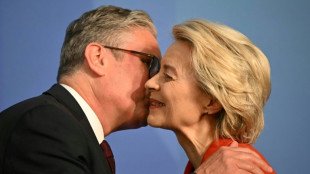
-
 Syrian leader to meet Macron in first European visit
Syrian leader to meet Macron in first European visit
-
History beckons as cardinals gather to elect new pope
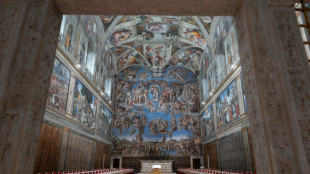
-
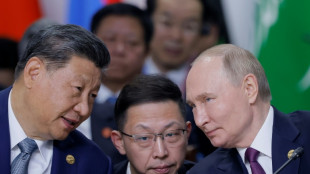 China's Xi aims to beef up 'no limits' Putin partnership
China's Xi aims to beef up 'no limits' Putin partnership
-
Hit by Trump cuts, journalists at Dubai-based US channel face uncertain future

-
 Roglic gunning for Giro as Pogacar's absence leaves door open
Roglic gunning for Giro as Pogacar's absence leaves door open
-
Trump's White House creates own media universe
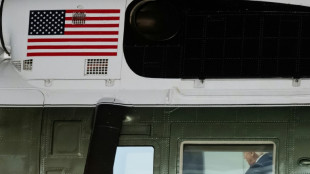
-
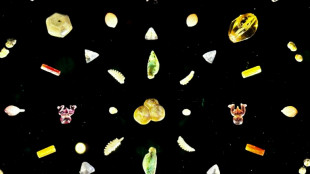 Sotheby's postpones historical gems auction after India backlash
Sotheby's postpones historical gems auction after India backlash
-
Taiwan bicycle makers in limbo as US tariff threat looms

-
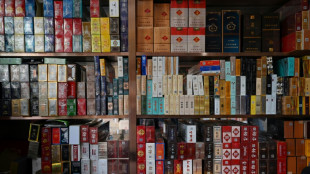 Tobacco town thrives as China struggles to kick the habit
Tobacco town thrives as China struggles to kick the habit
-
Venezuelan opposition figures 'rescued', now in US: Rubio
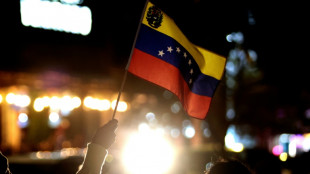
-
 China eases monetary policy to boost ailing economy
China eases monetary policy to boost ailing economy
-
Haliburton stunner sinks Cavs as Pacers take 2-0 series lead

-
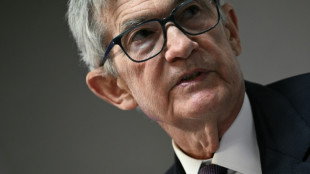 No rate cuts expected from US Fed facing 'unfavorable' conditions
No rate cuts expected from US Fed facing 'unfavorable' conditions
-
'No one is illegal': Mormon women stage patchwork protest in Washington
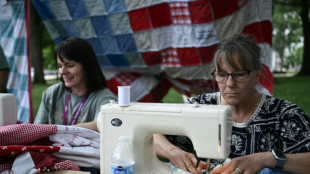
-
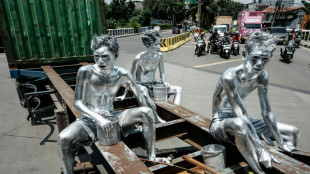 Indonesia's silvermen beg to make ends meet
Indonesia's silvermen beg to make ends meet
-
Toronto festival head says Trump tariffs would hurt film quality
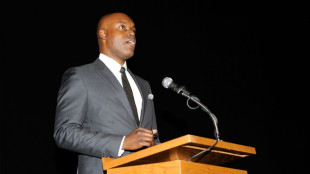
-
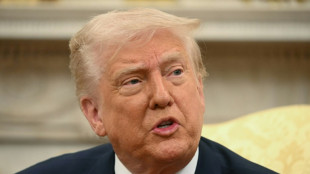 Trump talks tough on China, but early focus elsewhere
Trump talks tough on China, but early focus elsewhere
-
China vows to defend 'justice' in looming trade talks with US
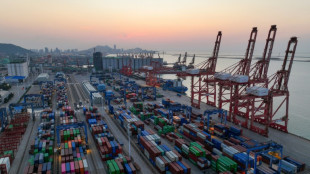
-
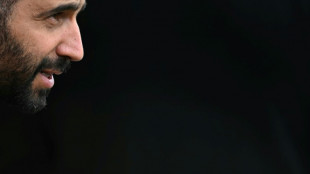 Man Utd seek to finish off Athletic Bilbao in chase for Europa glory
Man Utd seek to finish off Athletic Bilbao in chase for Europa glory
-
AP to continue crediting 'Napalm Girl' photo to Nick Ut after probe
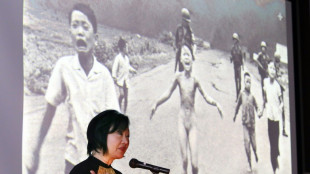

Webb telescope promises new age of the stars
The James Webb Space Telescope lit up 2022 with dazzling images of the early universe after the Big Bang, heralding a new era of astronomy and untold revelations about the cosmos in years to come.
The most powerful observatory sent into space succeeds the Hubble telescope, which is still operating, and began transmitting its first cosmic images in July.
"It essentially behaves better than expected in almost every area," said Massimo Stiavelli, head of the Webb mission office at the Space Telescope Science Institute, in Baltimore.
Already scientists say the Webb telescope, now orbiting the sun at a million miles (1.6 million kilometres) from Earth, should last 20 years, twice its guaranteed lifetime.
"The instruments are more efficient, the optics are sharper and more stable. We have more fuel and we use less fuel," said Stiavelli.
Stability is vital for the clarity of the images.
"Our requirement was similar to that of Hubble, in terms of pointing accuracy. And we ended up being seven times better," the mission office chief added.
Public appetite for the discoveries has been fed by the colouring of the telescope's images.
Light from the most distant galaxies has been stretched from the visible spectrum, viewable by the naked eye, to infrared -- which Webb is equipped to observe with unprecedented resolution.
This enables the telescope to detect the faintest glimmers from the distant universe at an unprecedented resolution, to see through the veil of dust that masks the emergence of stars in a nebula and to analyse the atmosphere of exoplanets, which orbit stars outside our solar system.
- 18 petals -
"The first year (of observation) is a way to test out the tool for the small rocky planets in the habitable zone that could potentially be like Earth," said Lisa Kaltenegger, associate professor in Astronomy at Cornell University.
"And the tests are beautiful. They're spectacular."
Webb blasted off aboard an Ariane 5 rocket at the end of 2021 crowning a 30-year project at the US space agency NASA.
It took 10,000 people and 10 billion dollars to put the 6.2-tonne observatory into space.
En route to final orbit, Webb deployed a five-layer sunshield the size of a tennis court followed by a 6.5 metre primary mirror made up of 18 hexagonal, gold-coated segments or petals.
Once calibrated to less than a millionth of a metre, the 18 petals began to collect the light pulsing stars.
Last July 12, the first images underlined Webb's capabilities unveiling thousands of galaxies, some dating back close to the birth of the Universe, and a star nursery in the Carina nebula.
Jupiter has been captured in incredible detail which is expected to help understand the workings of the giant gas planet.
- 'Too many' galaxies -
The blue, orange and grey tones of the images from the "Pillars of Creation", giant dust columns where stars are born, proved captivating.
Scientists saw the revelations as a way of rethinking their models of star formation.
Researchers using the new observatory have found the furthest galaxies ever observed, one of which existed just 350 millions years after the Big Bang some 13.8 billion years ago.
The galaxies appear with extreme luminosity and may have started forming 100 million years earlier than theories predicted.
"In the distant Universe, we have an excess of galaxies compared to models," David Elbaz, scientific director for astrophysics at France's Alternative Energies and Atomic Energy Commission, told AFP.
Another surprise has been that where Hubble essentially observed irregular shaped galaxies, the precision of the Webb telescope produces magnificent spiral galaxies similar to our own.
This has led to musings over a potential universal model which could be one of the keys to star formation.
Webb also opened up a profusion of clusters of millions of stars leading, which could be the potential missing link between the first stars and the first galaxies.
In the field of exoplanets, Webb honed in on a faraway gas giant called WASP-96 b, which was discovered in 2014.
Nearly 1,150 light-years from Earth, WASP-96 b is about half the mass of Jupiter and zips around its star in just 3.4 days
Webb provided the first confirmation that carbon dioxide is present in the atmosphere of Wasp 39-b.
But for Stiavelli, "Some of the big things either haven't been observed yet, or haven't been revealed yet."
I.Meyer--BTB

